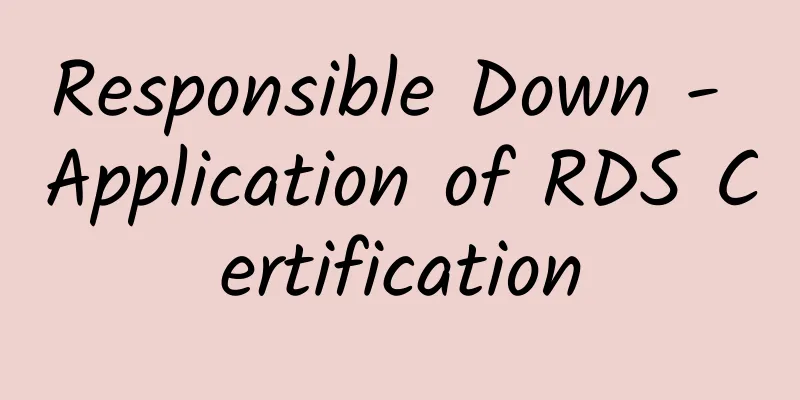The new version of the National Basic Safety Technical Specifications for Textile Products will be officially implemented on August 1

|
It is reported that the highly anticipated national mandatory standard "National Basic Safety Technical Code for Textile Products" (GB18401-2010) will replace the 2003 version of the standard and will be officially implemented on August 1, 2011. The National Basic Safety Technical Specification for Textile Products is the first textile product safety technical specification formulated in accordance with the Agreement on Technical Barriers to Trade (TBT Agreement) after my country joined the WTO. Since its implementation on January 1, 2005, it has played an important role in effectively protecting the health of my country's textile consumers, regulating the textile product market, and improving the overall level of my country's textile industry. Compared with the 2003 version of the standard, the 2010 version of the new standard has the following major changes: Scope of application, in addition to retaining the original clothing and decorative textile products, household textile products have been added; the definition of infants and young children has been changed from under 24 months to 36 months and below; the catalog of textile products not within the scope of this standard has been increased from 10 categories to 13 categories, with the addition of disposable sanitary products, bags, backpacks, shoes, umbrellas and carpets; "4-aminoazobenzene" has been added to the banned azo dyes, bringing the total to 24 categories; sampling requirements for color fastness, formaldehyde, pH value, and degradable carcinogenic aromatic amine dye tests have been added; the pH value range of textile products that come into direct contact with the skin has been changed from 4.0~7.5 to 4.0~8.5; regarding color fastness testing, it is stipulated that saliva color fastness is only tested on infant textile products, and hanging decorative products such as curtains are not tested for sweat color fastness, and natural and bleached products and traditional hand-colored products such as tie-dye and batik are not tested for color fastness. The inspection and quarantine department reminds the majority of textile product manufacturers and import trading companies to attach great importance to the new clauses in the new version of the "National Basic Safety Technical Specifications for Textile Products", produce and sell products that meet the standards, and avoid unnecessary economic losses. |
<<: TESCO factory audit-SGS factory audit checklist
>>: What to do when facing stricter monitoring of suppliers?
Recommend
EUROPEAN FLAX Certification Purpose and Scope of Application
1. Purpose and scope of application This procedur...
What is Sendible? How to register with Sendible?
Sendible Address: https://makeawebsitehub.com/go/...
What materials are needed to open a store on eBay? What are the basic costs of opening a store on eBay?
The advantages of eBay are that the threshold for...
TS16949 Audit Points: Management Representative
TS16949 Management Representative Audit Points: 1...
Common problems in BSCI factory audits
What are the problems that are easy to occur duri...
Amazon's climate-friendly commitments: Are you invited?
In September 2020, Amazon announced the launch of...
What are the total number of eBay sites? What are the eBay sites in Europe?
What are the total number of eBay sites? eBay was...
How do eBay sellers plan boutique product lines?
1. Sales volume: Find out the product SKUs that a...
What does e-commerce factoring mean? What is the process of e-commerce factoring?
What does e-commerce factoring mean? Factoring bu...
What are the things to pay attention to during VF factory inspection?
What are the precautions for VF factory inspection...
Shanghai Chaowang's advantages in BSCI factory audit guidance
1. Professional BSCI research team, only engaged ...
What is GET Global E-commerce Distribution System? What product categories does GET Global E-commerce Distribution System have?
GET Global E-commerce Trader is a supply chain br...
How is Nuojin Customs Brokerage? What are the advantages of Nuojin Customs Brokerage?
How about Nuojin customs declaration? With its in...
H&M factory inspection guidance process steps
Summary of H&M factory inspection guidance pr...
VF Factory Audit Supplier Production Code
VF Factory Audit Supplier Production Code applies...









